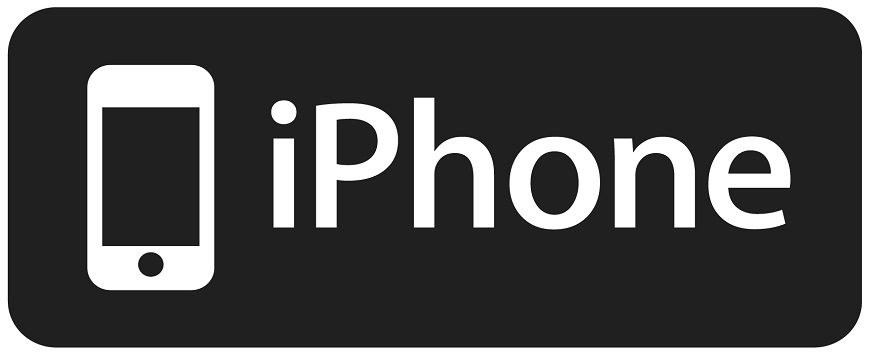Even though, when we think about positioning websites, we have to take into account a wide variety of factors such as design, usability, code optimisation etc., these days, (almost) nobody would dispute that content is THE top priority. And, we talk about “positioning websites” because we are not referring only to Search Engine Optimisation (SEO), but also to the fantastic coverage that we can obtain on the social networks. And these two concepts are complimentary: the more social your content, the better organic positioning your website will obtain and the better positioned your content, the more easily it can be shared and the more likely that it will go viral.
Many of us are very aware of Google’s Panda Update, a change in the organic search algorithm that first appeared in February 2011 and changed the positioning of a many websites, and obliged us to concentrate and redouble our efforts in obtaining quality content and improving the form in which we present this content to our audience. Matt Cutts and co. are working on their desire to improve the quality of content across the web and to reward those who really work to produce original quality content (according to the Google guidelines).
Here we summarise a series of points that are useful in planning and optimizing content while keeping in mind the implications of the Panda Update to avoid penalization and to work your way up the rankings to a better position.
Prepare a well thought through strategy.
Who is your target audience? What do they like? What style do they use? Are you up-to date with the latest news in your sector? Do you compare your sources? As with any marketing activity, it’s essential to have a strategy that aligns your work with the answers to these questions.
Freshness of content
The first iPhone was revolutionary but these days it’s been surpassed by later models by Apple and others. The same thing happens with content, which is why Google likes fresh news, placing a higher value on those that add new content regularly.

The balance between quantity and quality
It’s not just about content, it’s about relevant content for those that arrive at your site or might do so. And it’s about depth of content – keyword spam sites with minimal deep content always lose to competitor sites with genuine content depth.
Write for humans
Neither Google nor your users will thank you for excessive keyword repetition, poor grammar, confusing text, typos, spelling mistakes etc...
Everything is important
Apart from text, your content is composed of various elements, like photos, animations and videos. And, in the same way that we can optimise the text with anchor texts, meta data and mark-up, similarly we can and should make the most of all our other content.
Be aware off the duplicate content
Let’s not be lazy, copy cats! Aside from the legal consequences and the consequences upon our online reputation. If you copy content from other sites Google will realize and sooner or later you will be penalized (mercilessly!).

Following all these recommendations isn’t easy. It requires time, dedication and patience. But, you can be sure that it’ll give you good results. And on top of having a good product or service, having relevant content on your website is, in the long term, one of the most profitable strategies for acquiring a loyal audience and for generating engagement.



















